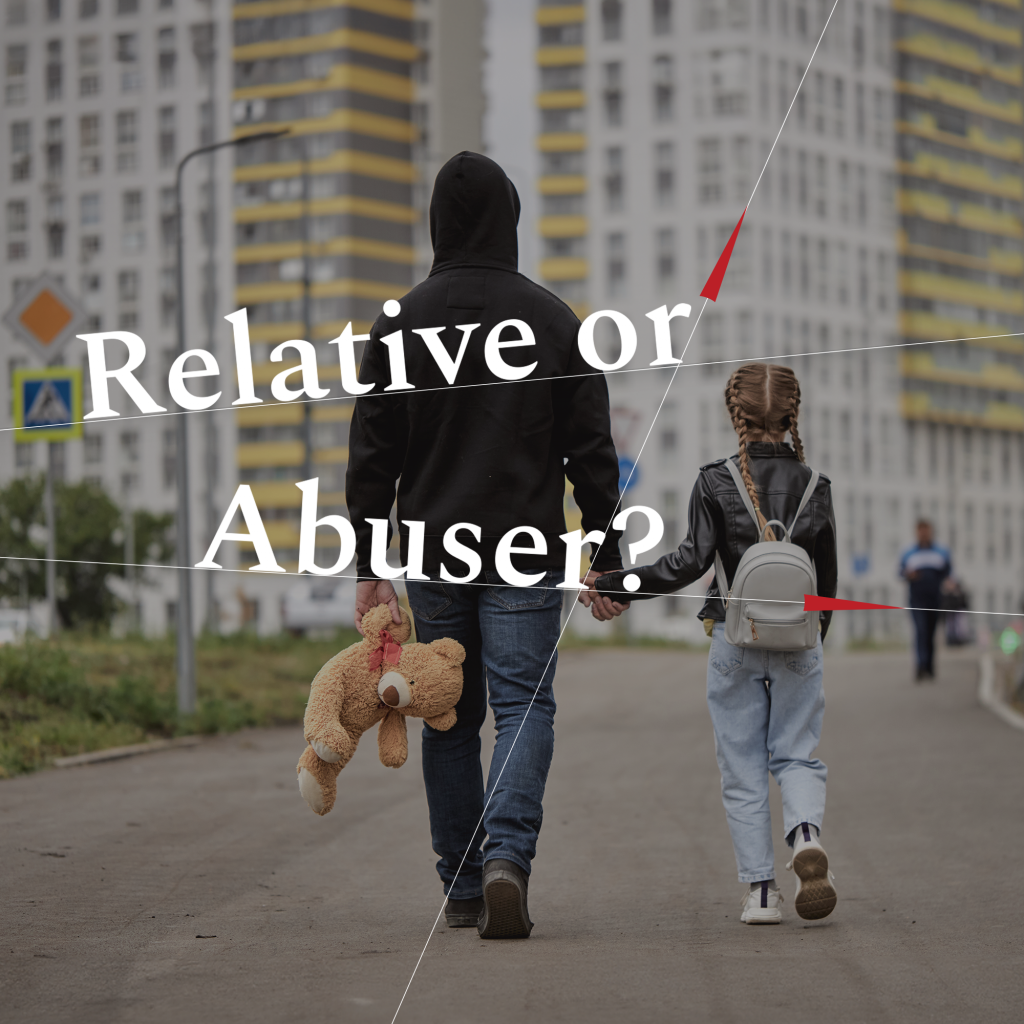There’s nothing organized crime wants more than for us to continue doing what we’re doing.
$3.1 trillion in illegal transactions were made in 2023. More than $800 billion was connected to drug trafficking, $350 billion to human trafficking, and $11.5 billion to terrorism. Another $500 billion was lost to fraud.
And yet less than 1% of these crimes are stopped. That feels like an error of focus. Not an error of ability.
It’s easy to become cynical, but that doesn’t solve the problem. It’s easy to feel overwhelmed, underfunded and overregulated, but that doesn’t solve the problem either.
Whether laundering money from fentanyl, people, weapons, or abusive images of children, organized crime is banking on us to continue doing exactly what we’re doing now.
Human beings alone cannot solve financial crime. You need data. Whether it’s transaction data, banking data, external data, public source data, open-source data, or dark web data. You need all of it. And you need to know what you’re looking for to put it into context. That includes the latest up-to-date red flags, models, and personas.
You need curious, autonomous AI agents that know what they are looking for and never tire or get distracted. AI agents that can build cases by drawing on previous investigations and serve them up to humans to make decisions.
We need to be looking for today’s fraud and money laundering methods, not those from years or even months ago.
That is the recipe. You need to know the flags specific to the crime and the persona, so you can ask the right questions.
Am I seeing a human trafficking victim? Am I seeing a human trafficking perpetrator? Am I seeing a money launderer who’s cleaning the proceeds of drugs and people smuggling? What am I seeing?
Today, there’s enough intelligence, enough data, powerful AI and new technology to have a 10X solution. We could solve and find 10 times the amount of dirty money flowing through our payments channels, banks and accounts.
What stops us? Well, it’s us, right?
Institutional inertia waiting for a regulatory push. Treacle from wasted, unproductive meetings. Fear of new technology and data sharing. Money.
Organized crime is banking on our inability to adapt as fast as they do.
No car maker today thinks, ‘Safety is just a cost: what is the least we can spend?’. If you want to make airplanes, you had better convince people they’re safe. Restaurants that are unhygienic are shut down no matter the quality of food. Why do we accept a 1% detection rate?
Once scams start hitting home – and they will – people and companies will move their money to safety. So, stopping scams means retaining deposits.
If we make fraud and money laundering harder, we make the buying and selling people and images of children harder, too
It’s not that the problem is so hard and so complex. It’s also that we hide behind process and data-sharing interpretations. It is underfunding the teams that want to do more. It is when AML vendors underfund their platforms. It’s us, right?
But we can change that.
We have the technology, the open-source data, the dark web data, and the ability to understand who is transacting, whether through IP addresses or multiple personas. We have the flags, the AI, and the tools. We have the recipe to double or triple crime detection, to 10X it.
The question is, do we have the will?
I think we do —I hope we do. This is our watch. This is our lawn.
The survey: Why are less than 1% of financial crimes stopped?
In 2021, the Financial Crimes Enforcement Network (FinCEN) identified eight priorities that underscore the evolving nature of financial crime:
- Corruption – the misuse of power by government officials for illegitimate private gain
- Cybercrime – criminal activities conducted online, including hacking, data breaches, and the theft of financial information
- Terrorist financing – the funding of terrorist activities, which can involve complex financial networks and illicit transactions
- Fraud – includes a wide range of deceptive practices to secure financial gain, including identity theft, phishing, romance scams, investment scams and more
- Transnational criminal organization activity – involves criminal organizations that operate across borders, engaging in activities like drug trafficking, human smuggling, and money laundering
- Drug trafficking – the illegal production, distribution, and sale of drugs, often linked to organized crime
- Human trafficking and smuggling – the exploitation of individuals through force, fraud, or coercion for purposes such as forced labor or sexual exploitation
- Proliferation financing – refers to the funding of the spread of weapons of mass destruction and their delivery systems
These crimes represent a mix of new and long-standing threats to the US financial system and national security.
In August 2024, we surveyed 300 senior payments professionals at US banks to better understand how financial services are addressing the multi-trillion dollar epidemic that is financial crime. More specifically, we wanted to understand what is holding us back from stopping more than 1%.
We use the FinCEN priorities to explore the challenges banks face in identifying and combatting the most difficult crimes, the strain on resources, and the approaches big and small banks are taking to invest in fraud prevention and anti-money laundering (AML) efforts. Perhaps most importantly, we look at the impact of new technology and reveal gaps in banks’ responses to the rapidly changing criminal landscape.
Here’s what we found.
Download the report.
Share this post
Resources





